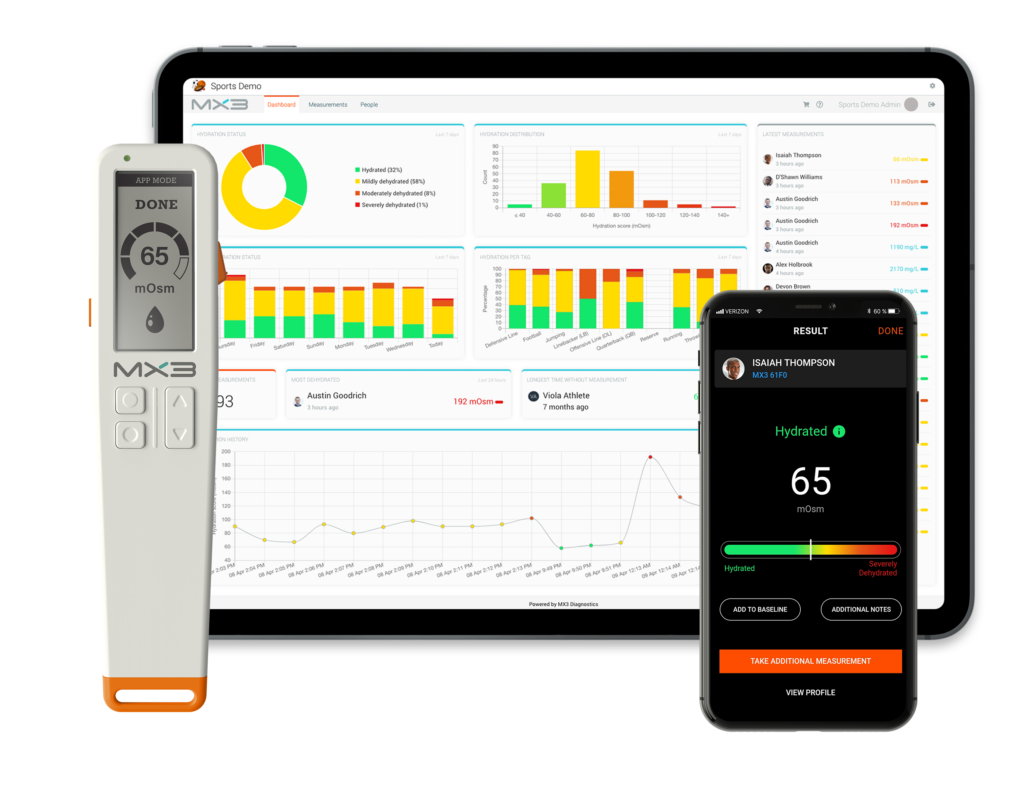This is the first article in our series of scientific publication deep dives. If you have an article you would like featured, please contact us!
Health and productivity under occupational heat
In the largest study of its kind to date, a meta-analysis from Flouris et al. in The Lancet Planetary Health determined the effects of occupational heat strain on worker health and productivity. Analysing the results of over 100 studies from 30 countries measuring more than 447 million workers, the authors investigated a wide range of industries including agriculture, mining and construction.

Key Finding #1 – 15% of workers who frequently or typically experience heat stress develop kidney disease or acute kidney injury
Heat and dehydration are thought to increase the risk of kidney injury and kidney disease.
10 studies were evaluated to determine the frequency of kidney injury in workers who work for extended periods in the heat ( ≥6 h/d for 5 days per week or ≥12 h per day for 2 days per week) . On average 15% of these workers experienced kidney disease or acute kidney injury as determined by self-reporting, physical assessment or kidney injury biomarkers.

Key result #2 – 30% of workers experience productivity loss when working in the heat
Working in excessive heat is difficult, impacting worker morale and productivity.
11 studies were assessed to determine the impact of working in the heat on productivity. In the combined analysis 30% of workers demonstrated or self-reported some form of productivity loss due to occupational heat strain, such as absence from work or reduced performance. On average a 2.6% productivity decline was observed for every degree above 24°C WBGT.

Key Finding #3 – 35% of workers experience heat strain after working in the heat
Exposure to extreme heat and work in hot environments can have serious health effects.
33 studies were assessed to understand what proportion of workers experience occupational heat strain when working in the heat (wet-bulb globe temperature [WBGT] ≥21·2°C or air temperature, ≥33·0°C). On average 35% of workers showed at least one symptom of heat strain including:
- Core body temperature higher than 38°C
- Painful muscle spasms (heat cramps)
- Confusion, dizziness or fainting (heat syncope, heat exhaustion, or heatstroke)
Conclusion
Occupational heat strain is experienced by many workers and can have major adverse effects on health and productivity, including serious and long-lasting kidney injury. If you or your employees work in the heat, it’s important to take steps to limit heat strain including easy access to drinking water and cool areas.


Monitoring hydration helps prevent heat strain on your worksite. The MX3 Hydration testing system allows you to perform rapid actionable hydration assessment in seconds so you can ensure your workers are staying well hydrated.

